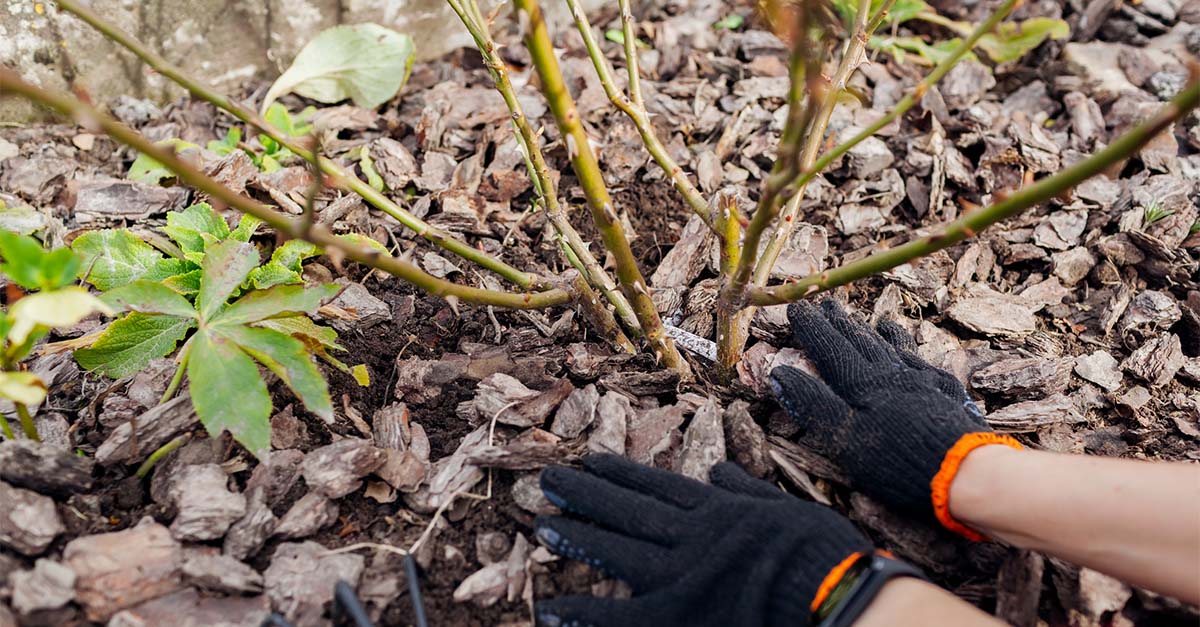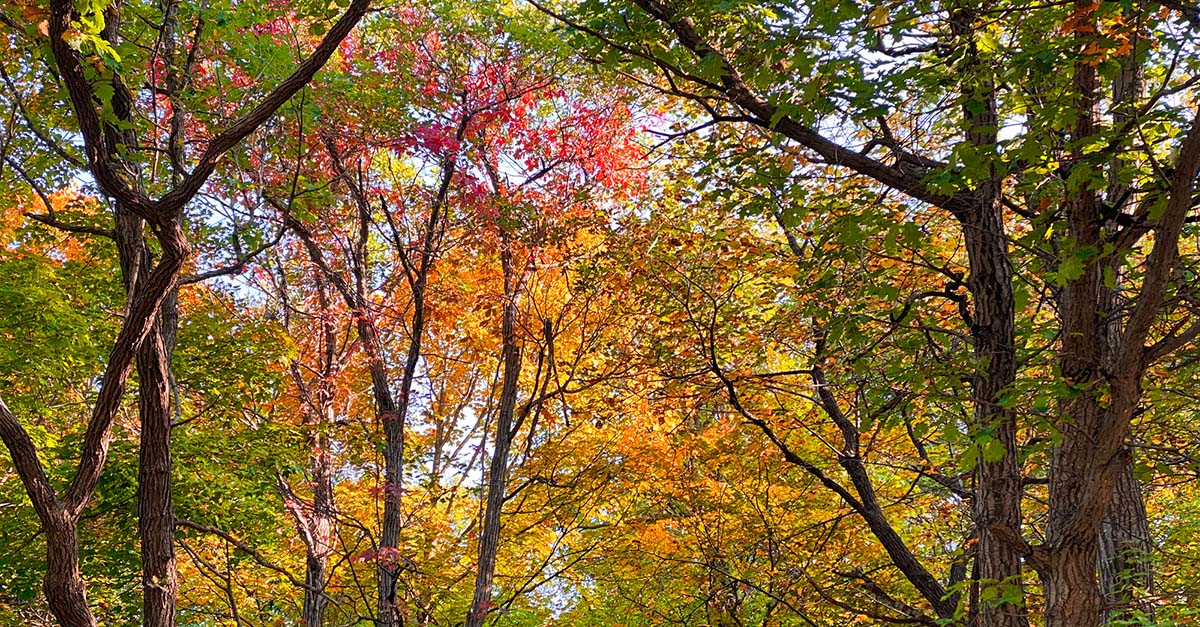Soil, on the Rocks, With Salt and Lime
“Barkeep! I’ll take two fingers of soil on the rocks. Don’t go easy on the salt and lime. There’s an extra dollar in it for you if you put some speed on it!” …said no tree ever. And even if they could talk, we’re pretty sure this isn’t an order they’d place in a hurry.
Despite that fact, many people use rock salt on their soil to manage their yard’s green life. The question becomes if trees and shrubs don’t appreciate overapplication of salt (and if it’s a winter concern of which any gardener should be aware), why do they do it at all? And should you tune in to the benefits of rock salt as well?
These are good questions, all. Let’s clarify some of the confusion today.
Road Versus Rock Salt
The first point of confusion is the difference between road salt, which often comes in rock form, and rock salt for gardeners. Road salt is used to mitigate ice and snow, and often splashes on the leaves and stems of perennial plants, damaging them and drying them out.
Rock salt, on the other hand, is used intentionally by many gardeners. It has two main purposes in gardening, which we cover below. But first, let’s tackle another problem: definitions.
Salt: A Better Definition
Another point of confusion is what salt actually is. We think of it as sodium chloride, or table salt, when this is in fact just a type of salt (the same way Kleenex is a type of tissue).
In chemistry, salt is “a class of compounds formed by the replacement of one or more hydrogen atoms of an acid with elements or groups.” It is formed when an anion and cation combine, when an acid neutralizes a base, forming a strong and stable bond.
As with anything else, salt is a double-edged sword. Therefore, it’s important that we understand salt’s many facets.
The Right Use of Salts
Many fertilizers are salts, and plants need them to thrive. Both nitrogen and phosphorous must first become salts before plants can take them up, for instance. While it’s great if you can give your plants such nutrients from organic applications (manure or compost), you may also need to add additional types of salt for maximum plant health.
The other main use of salt is classic sodium chloride rock salt to kill weeds. Anywhere you put rock salt, plants won’t grow because high concentrations are toxic to them. Be aware that while this might have a nice effect on paths or driveways, salt is likely to travel when it rains, so be sure there aren’t any desirable plants in its path.
Are you still confused about the proper application of rock salt? Speak with a tree professional such as those at Premier Tree Solutions, and we’ll get your questions answered and make your landscape as healthy as it can be.









